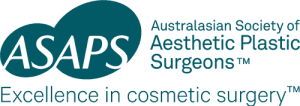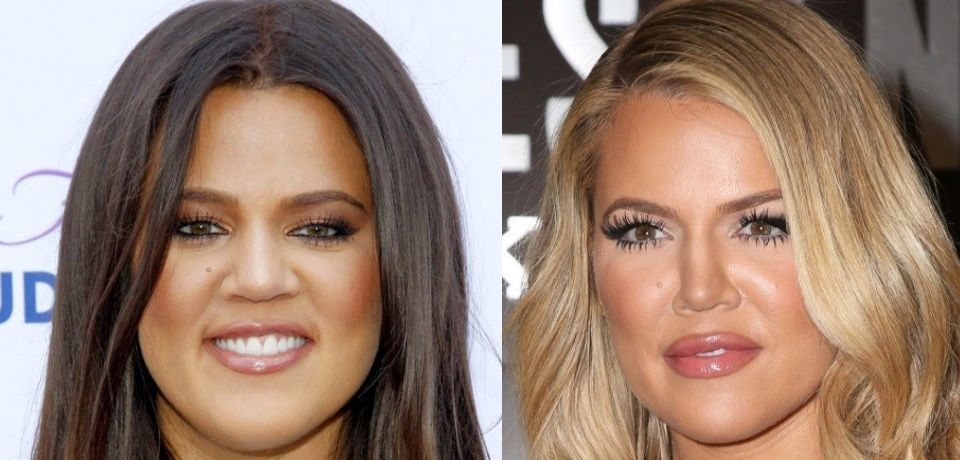There are many reasons why someone would want a rhinoplasty, colloquially named a nose job, writes Dr Peter Callan, Specialist Plastic Surgeon and member of the Australasian Society of Aesthetic Plastic Surgeons (ASAPS). “Of all the procedures I do,” says Dr Callan, “rhinoplasty is the one I love the most. Although challenging and often demanding, the results are so often positively life-changing for people in terms of function and appearance that it is so very worthwhile in the well-selected patient.”
What is rhinoplasty?
A rhinoplasty is a surgical procedure that improves the appearance and function of the nose inside and out. It can be done purely for aesthetic reasons, although often it’s done to assist with breathing issues, following a trauma to the nose or to correct a deviated septum which can cause the nose to appear twisted or crooked. Often it’s done for both. A nose that looks good usually functions well also.
The procedure may include septoplasty, which is the surgical correction of the central part inside the nose between the left and right nasal airways, or turbinate surgery which is the surgical reduction of the size of the “baffles” on the sides of the nasal airways.
Rhinoplasty does not normally attract a Medicare rebate. However, those with a post-traumatic deformity, severe developmental deformity, or if breathing is a significant problem, may qualify for a Medicare item number. If that is the case, and if you have the appropriate private health insurance, both Medicare and your fund may be able to contribute to part of the costs associated with the surgery.
Whatever reason might be driving your intention to have rhinoplasty, your Specialist Plastic Surgeon will work with you and help guide you make a decision so that the result is a nose that looks good, functions well, and is in harmony with your face and ethnicity.
The surgery of rhinoplasty has improved enormously over the last ten years to ensure you have the best chance of an excellent result.
How is the procedure performed?
First of all, we need access to the underlying structures of the nose. These are what make the nose look like it does. There is the bone above and softer cartilage below. The structure is highly complex (just search the internet for pictures of the anatomy of the nose), and every part must relate to every other part to achieve the correct balance. The nose must also function correctly (i.e. allow proper breathing) and it must stand the test of time (i.e. not change significantly as the years go on).
Access is achieved through incisions inside the nose and often across the partition between the nostrils (columella). The resulting incision lines are almost never visible to the casual observer. The nose is then carefully exposed and the necessary changes made, which may be a combination of incisions, suturing, removal or addition of cartilage or bone and often a controlled ‘break’ to the bones. The incisions are sutured closed, and the nose will then be taped and usually splinted to maintain the new shape.
Will I need to wear a splint?
Yes, the splint plays an important role in your recovery, and you may need to wear it for up to ten days following your operation. The splint pushes fluid from the nose and out towards the cheeks so it can drain away. The splint also assists in holding the nose in its new position, although internal splinting and sutures are the mainstay of that.
It can be tough having a splint on, but most people cope very well if they are well informed about its important role, and they have a few tips to help them through.
What will my recovery be like?
The healing time can vary from person to person. Bruising and swelling are common for a couple of weeks. Pain is not usually an issue, but a feeling of stuffiness and pressure are common.
After about three or seven days your stitches will come out. However, you may need to wear the splint for a further week.
When will I be fully healed?
Most people look pretty good within two weeks of surgery, but this can vary. It is important to note that complete post-op recovery can take up to a year or more for the nose to take on its desired appearance. This is due to the fact the tissues swell after surgery.
Gentle activity can be resumed after a couple of weeks, full activity after four weeks. It is important not to engage in contact sports after rhinoplasty unless you are keen on further surgery.
What can I do to ensure the best possible outcome?
Listening and adhering to your surgeon’s advice about the post-operative plan is vital to ensuring an outcome that you are pleased with. Also, you’ll need to:
- Stay on top of your pain medication to ensure you aren’t feeling uncomfortable.
- Keep your nose clean.
- Wipe your nose gently after showering with a cotton bud and soft paraffin.
- Remember, it is normal to be congested.
- You may also be prescribed a nasal flush which helps clear the airways.

